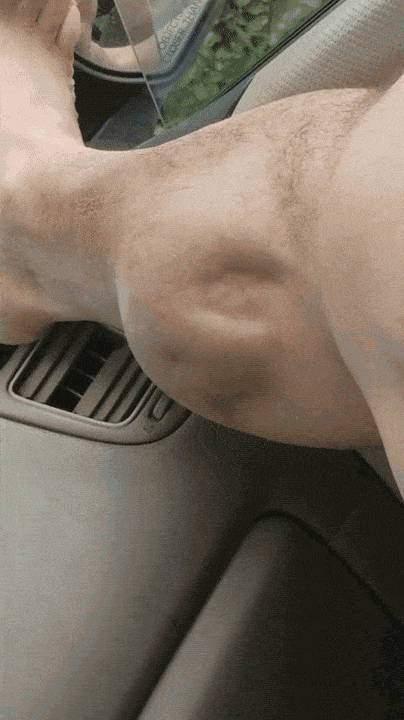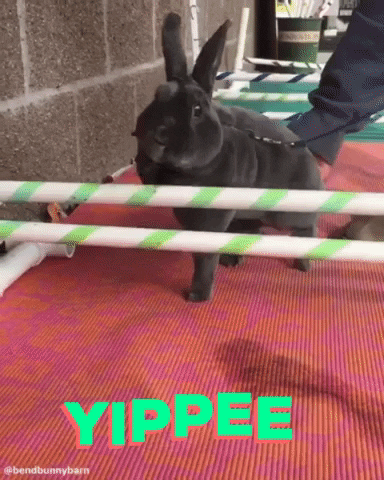Killer Calf Workout!!
Having shin splints isn’t fun. Running on the heels working through the drive phase while trying to accelerate isn’t good. This can make people realize that they have weak calves and probably weak ankles as well.
With this in mind, we have to understand that it is important to improve our foot strength when focusing on calf-based work for athletes. If our feet are stronger, if our calves are more mobile, and if our calves are more explosive we will have a greater ability to react faster with our proprioception. We will also have a greater amount of power from a shorter range of motion by training our calves properly.

When we talk about calf-based training, we have to understand we are looking for plantar flexion and dorsiflexion for an excellent range of motion. This will help with knee stability as well.
Training calves is not just about isolating the group of calf muscles but is also about trying to improve joint integrity and joint stability in the ankles, proprioception in the feet, and also improve knee stability.
Let’s look at a few exercises.
PVC Pipe Walk & Dumbbell Crawl With Plantar Flexion
This movement demands balance and athleticism.
We like this movement because it does a few things tremendously well. To start, athletes with plantar fasciitis can use this movement to help break it up. It can also help the way we coordinate our toes. Sprinters that have more coordination with their big toe tend to run faster. Think about the feet as the hands. The heel is the thumb and the fingers are the toes.
Focus on being stable first. As we improve, we can start to go faster both forward and backward. We want to hold with the toes to improve the balance.
We then pair the PVC pipe walk with the dumbbell crawl with plantar flexion. We want to hold dumbbells in a farmer’s carry, almost like doing lunges. Then in a quarter squat, while holding plantar flexion in the ankle (on the tippy-toes), we walk forward and backward not dropping the heels. We will feel the ankles being more stable, the knee joint having a co-contraction going on, and greater stability being achieved.
Do three to four sets of each movement for twenty meters. The feet will burn, the calves will burn, and everything will wake up for greater proprioception in the calves.
Banded Toe Flexion & Bunny Hops
The first movement, banded toe flexion, uses a PowerLastic band. It is key to put the PowerLastic band right around the joints in the toes. We need to see a little bit of flexion in the toes. This is a key concept when talking about calf development. Even when doing a dorsiflexion movement, we want flexion in the toes. This demands more coordination.
From there we can increase tension by pulling the band taut. Just make sure that there is good flexion in the toes so the band doesn’t come off and strike us in the face. Now go ahead and be quick by flexing the foot into the band. The goal is to try and get fifteen reps over the course of a ten-second duration set.

We will then super-set the banded toe flexion with bunny hops. Performing bunny hops we want minimal knee flexion and the heel should barely, if at all, touch the ground.
Both exercises need to be performed in socks. Complete three to four sets of fifteen reps for each movement. They will improve proprioception and foot strength in addition to training reactively and ballistically. The muscular action around the calves is phenomenal with these two movements in tandem.
Dumbbell Split Stance Calf Raise & Short Stroke Leg Press Single Leg
This pairing is excellent because it is very applicable to athletics. The first movement is done in a split stance position with a little bit of dorsiflexion that leads to some plantar flexion. That movement is the dumbbell split stance calf raise.

In a split stance, stand on a ramp so that the heel is below the toe. Holding dumbbells in a farmer’s carry, perform a calf raise with the lead foot on the ramp. On the eccentric, be smooth (this will be felt in the glute as well). This is key because calf work needs to be coordinated with our other muscles to transfer over to sport.
Then we head over to the leg press in a unilateral position, allowing the heel to come through, and with quick and rapid calf presses, we are reactive and quick achieving a little ballistic movement.
Make sure when performing these two movements to do the movements on both sides. Try to focus on good positions, feeling the heel drop, and feel the pump through the speed work and ballistic work.
Do three to four sets of twelve to seventeen reps for each side.
Calf Raise With Barbell
This movement trains good ankle stiffness. Ankle stiffness helps recruit more effectively and absorb force more efficiently.
We want to get a bar on our back like a traditional back squat. We step back onto a plate with the heels hanging off to the ground and the toes on the plate. From there we just come up on the toes getting a rhythm going. The focus needs to be on getting the heels above the plate, above the toes.
This is a really good way to finish off a calf workout doing three to four sets of ten to fifteen reps. We can focus on isolating and controlling at the top while lengthening the Achilles. This will improve our foot strikes and reaction time along with drastically improve the way our calves function.
Recap
When we are training calves, we have to find where our weakness is. We want to train calves with foot strengthening movements to help locate. Is it in our calf, ankle mobility, or feet? We then want to make sure that we are isolating the muscle. Next, we train the muscle group from a compound perspective while targeting the calves. We also want to make sure we are doing the ballistic aspect when training the calves. Utilize all these types of actions to improve coordination and calf strength to optimize athleticism.
DANE MILLER
Dane Miller is the owner and founder of Garage Strength Sports Performance. He works with a select handful of clients on building comprehensive programs for fitness and nutrition. Several times a year he leads a workshop for coaches, trainers, and fitness enthusiasts.


